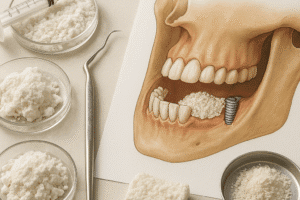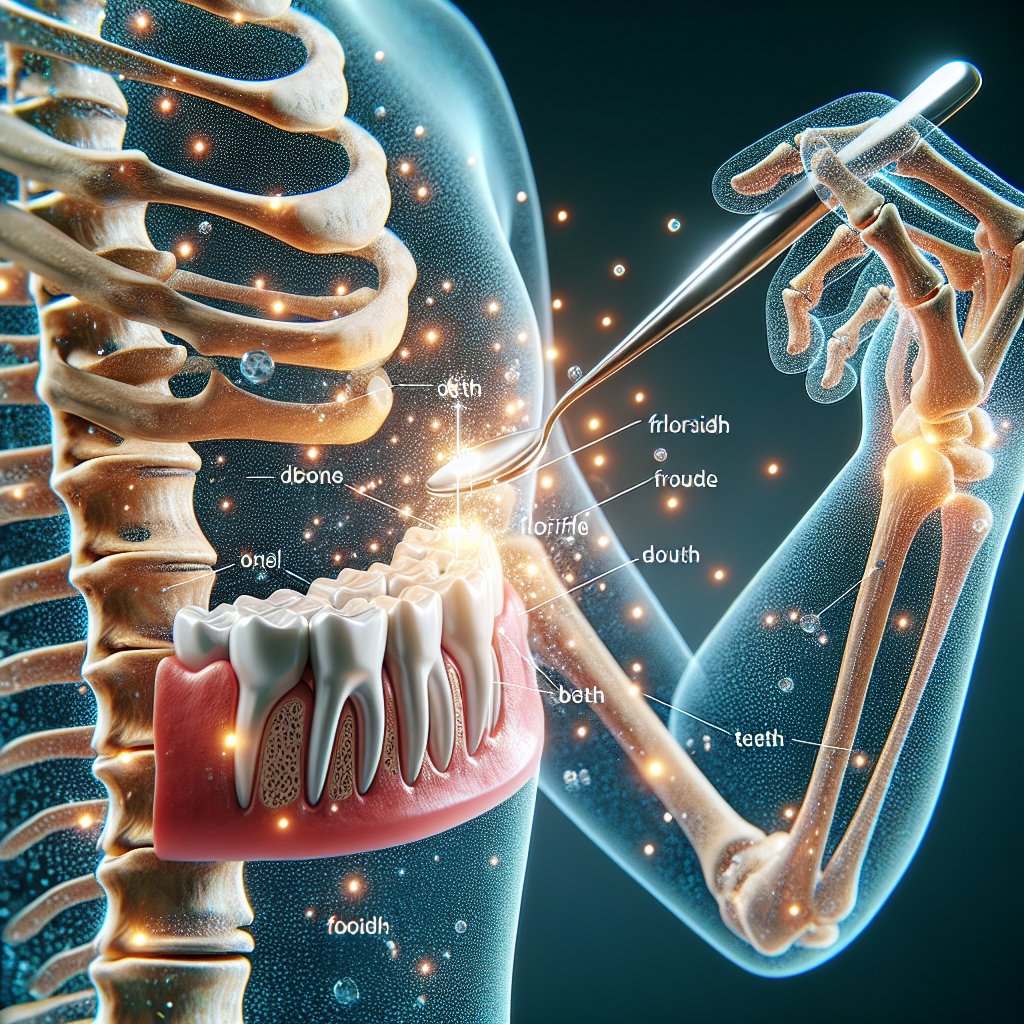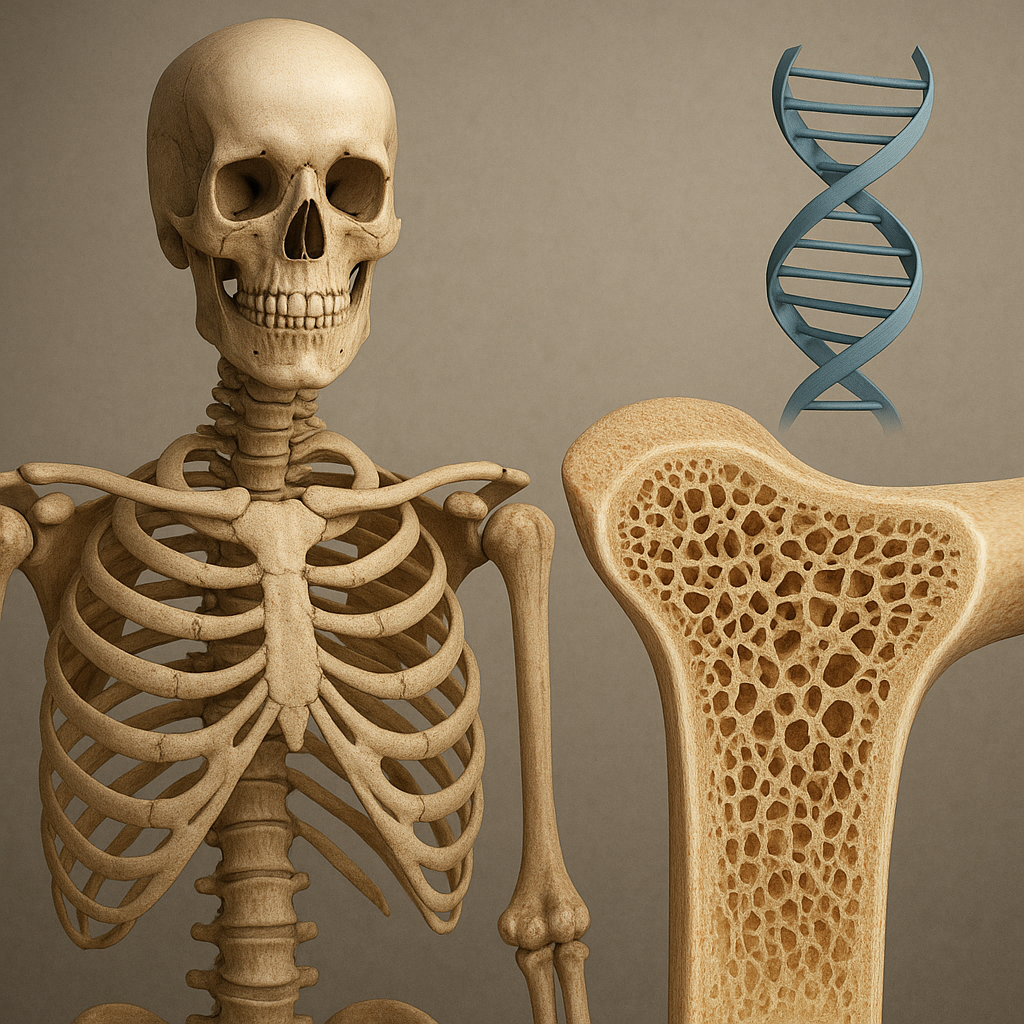The role of fluoride in strengthening bones and teeth is a topic of significant importance in both dental and medical fields. Fluoride, a naturally occurring mineral, has been widely recognized for its beneficial effects on oral health, particularly in the prevention of dental caries. However, its impact extends beyond just teeth; it also plays a crucial role in bone health. This article will explore the mechanisms by which fluoride strengthens bones and teeth, its sources, and the ongoing debates surrounding its use in public health initiatives.
Understanding Fluoride and Its Mechanisms
Fluoride is a halogen element that is found in various natural sources, including water, soil, and certain foods. Its primary mechanism of action in dental health involves the remineralization of enamel, the hard outer layer of teeth. When teeth are exposed to acids produced by bacteria in the mouth, enamel can demineralize, leading to cavities. Fluoride helps to reverse this process by promoting the deposition of minerals back into the enamel.
Fluoride enhances the formation of fluorapatite, a more stable and less soluble form of hydroxyapatite, which is the primary mineral component of tooth enamel. This transformation makes teeth more resistant to acid attacks. Additionally, fluoride can inhibit the growth of harmful oral bacteria, further reducing the risk of cavities.
In terms of bone health, fluoride influences the activity of osteoblasts and osteoclasts, the cells responsible for bone formation and resorption, respectively. Studies have shown that fluoride can stimulate osteoblast activity, leading to increased bone density. However, the relationship between fluoride and bone health is complex and requires careful consideration of dosage and exposure levels.
Sources of Fluoride
Fluoride can be obtained from various sources, both natural and artificial. The most common source is fluoridated drinking water, which has been a public health initiative in many countries since the mid-20th century. The addition of fluoride to community water supplies has been shown to significantly reduce the incidence of dental caries in populations.
- Natural Sources: Fluoride is naturally present in varying concentrations in groundwater and certain foods. Foods such as fish, tea, and some fruits and vegetables contain fluoride, albeit in smaller amounts compared to fluoridated water.
- Dental Products: Many toothpaste and mouth rinses contain fluoride as an active ingredient. These products are designed to provide topical fluoride exposure, which can enhance the remineralization process of teeth.
- Supplements: In areas where natural fluoride levels in water are low, fluoride supplements may be prescribed, particularly for children, to ensure adequate exposure for optimal dental health.
The Debate Over Fluoride Use
Despite the well-documented benefits of fluoride, its use has been a subject of controversy. Some individuals and groups have raised concerns about the potential health risks associated with excessive fluoride exposure. One of the primary concerns is dental fluorosis, a condition that results from overexposure to fluoride during childhood, leading to discoloration and mottling of the teeth.
Additionally, there are ongoing discussions regarding the potential links between fluoride and other health issues, such as skeletal fluorosis, thyroid problems, and even developmental concerns in children. While the majority of scientific studies support the safety and efficacy of fluoride at recommended levels, the debate continues, prompting some communities to reconsider their fluoridation policies.
Fluoride and Bone Health
The relationship between fluoride and bone health is multifaceted. While fluoride can stimulate bone formation, excessive fluoride exposure can lead to skeletal fluorosis, a condition characterized by pain and stiffness in the joints, as well as changes in bone structure. This highlights the importance of maintaining appropriate fluoride levels to maximize benefits while minimizing risks.
Research has shown that fluoride can increase bone mineral density, which is beneficial for preventing osteoporosis, a condition that leads to fragile bones. However, the quality of the bone formed under high fluoride conditions may be compromised, leading to an increased risk of fractures. Therefore, the use of fluoride for bone health must be approached with caution, particularly in populations at risk for overexposure.
Conclusion
Fluoride plays a vital role in strengthening bones and teeth, offering significant benefits in the prevention of dental caries and the enhancement of bone density. Its mechanisms of action, sources, and the ongoing debates surrounding its use highlight the complexity of this mineral in public health. While fluoride remains a cornerstone of dental health initiatives, it is essential to balance its benefits with potential risks, ensuring that communities can make informed decisions about fluoride use. Continued research and public education are crucial in navigating the future of fluoride in health care.













